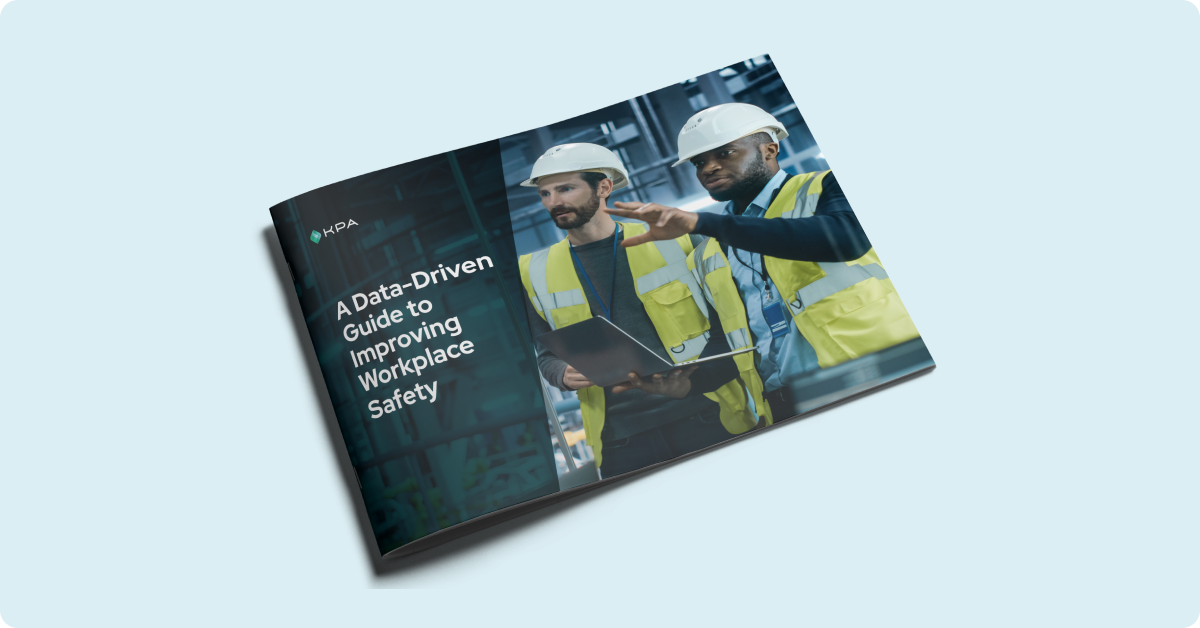Manufacturing safety: it’s good for your people, your business, and your ability to sleep at night. But you already know that. You know that you have a fundamental responsibility to keep employees safe with the right training, policies, and procedures. You understand the link between your environment, health, and safety (EHS) program and your bottom line. You know that better industrial safety correlates with improved productivity, higher workforce morale, and a host of other benefits.
You also know that manufacturing compliance is no joke—that regulatory authorities such as the Occupational Health and Safety Administration are paying close attention to your safety program, just waiting to hit you with massive fines if they discover any issues.
You’re here because you’re looking for manufacturing safety tips. You’d like to learn some quick, actionable ways you can improve industrial safety each and every day at your organization. Lucky for you, we have no shortage of tips for manufacturing health, safety, and compliance.
Here are the top 10, as chosen by our expert team of EHS professionals, trainers, and consultants.

Download this eBook to learn the different types of safety data and best practices for using data and analytics to improve your safety program.
Get Flexible Manufacturing Safety Software, Training, Consulting + More with KPA
Ready to put these manufacturing safety tips into practice? KPA makes it incredibly easy to manage and optimize your industrial health and safety program.
With KPA, you get comprehensive, mobile-ready manufacturing safety software, along with a rich library of training materials and consulting, auditing, and inspection services. Manufacturing companies throughout North America trust KPA to keep incidents and costs down, train their workforces on important safety topics, ensure compliance, and maximize profit. Our solutions are built for efficiency and ease of use—and designed for the needs of today’s manufacturers.
Related Content
Explore more comprehensive articles, specialized guides, and insightful interviews selected, offering fresh insights, data-driven analysis, and expert perspectives.
Warning: Undefined array key "post_type" in /nas/content/live/kpaioprod/wp-content/themes/total-child-theme/kpa_cards_shortcode.php on line 10
Warning: Undefined array key "post_type" in /nas/content/live/kpaioprod/wp-content/themes/total-child-theme/kpa_cards_shortcode.php on line 15
Warning: Undefined array key "taxonomy" in /nas/content/live/kpaioprod/wp-content/themes/total-child-theme/kpa_cards_shortcode.php on line 16
Warning: Undefined array key "tag" in /nas/content/live/kpaioprod/wp-content/themes/total-child-theme/kpa_cards_shortcode.php on line 17
